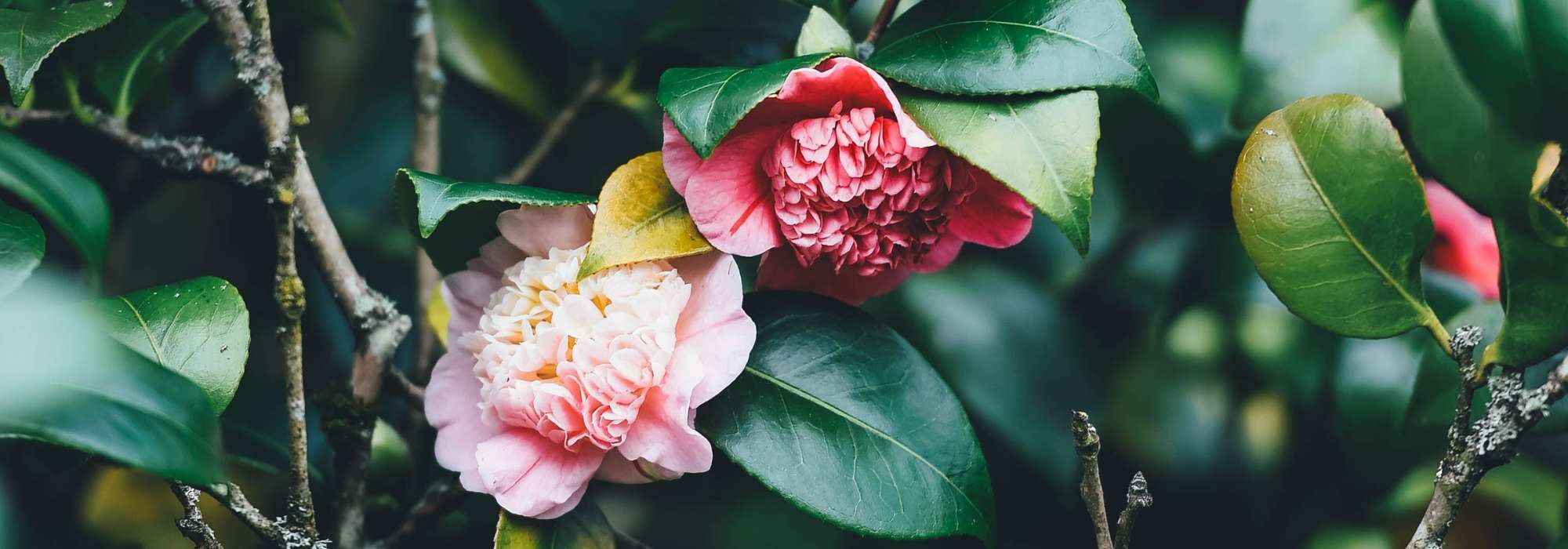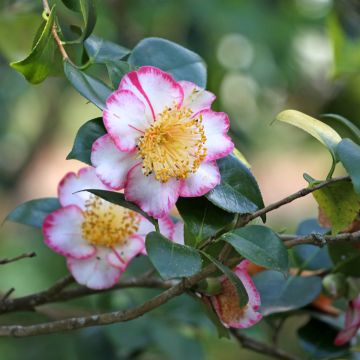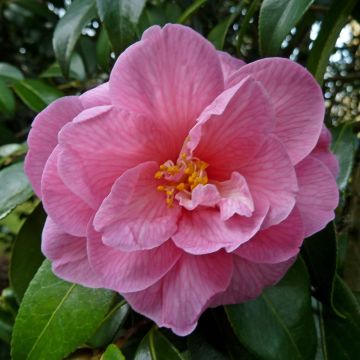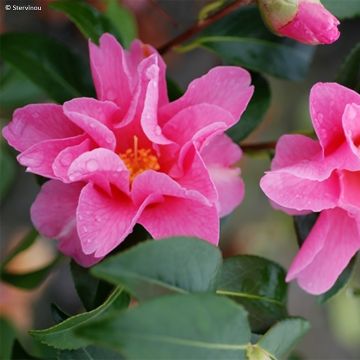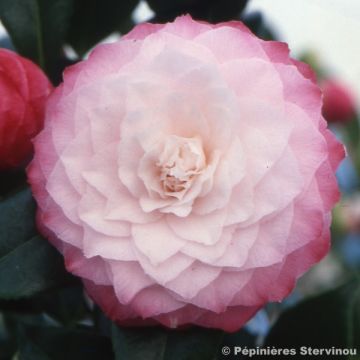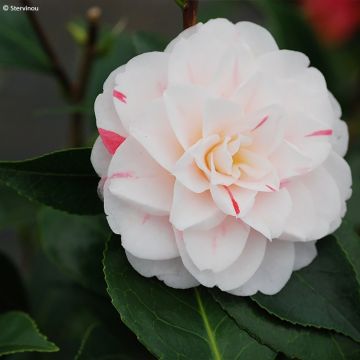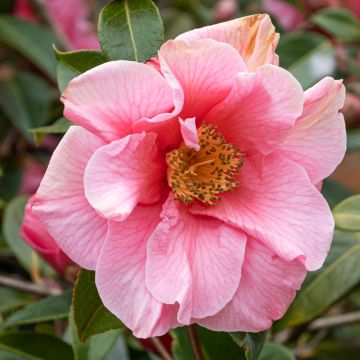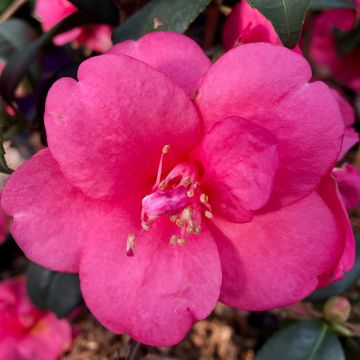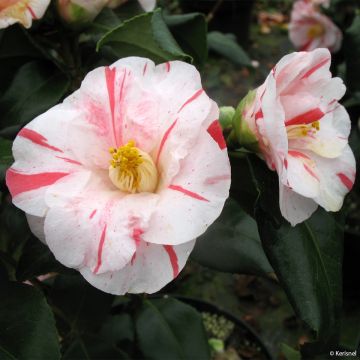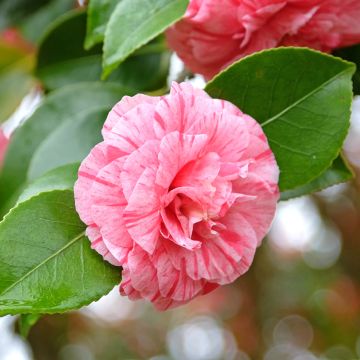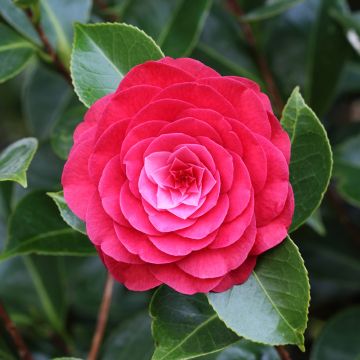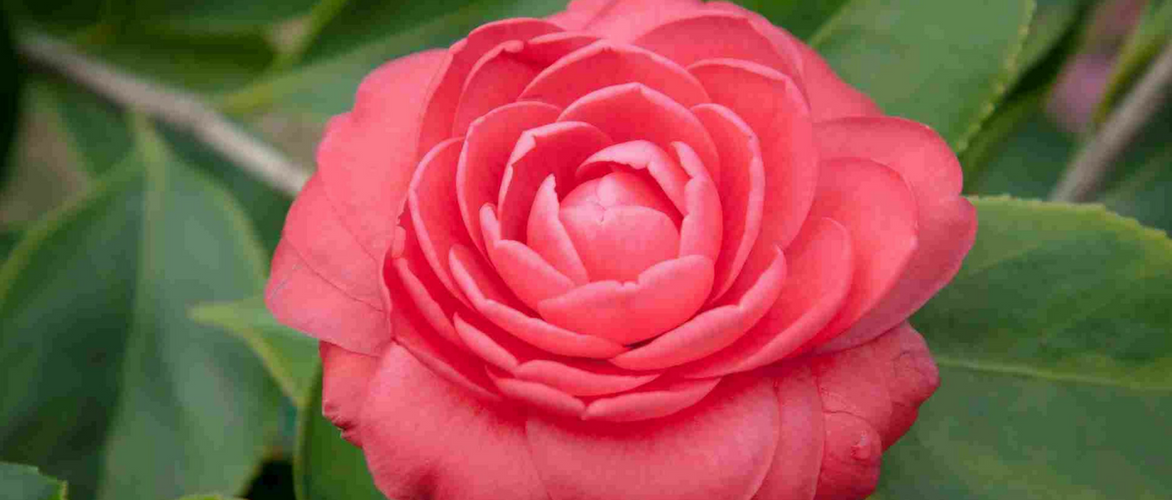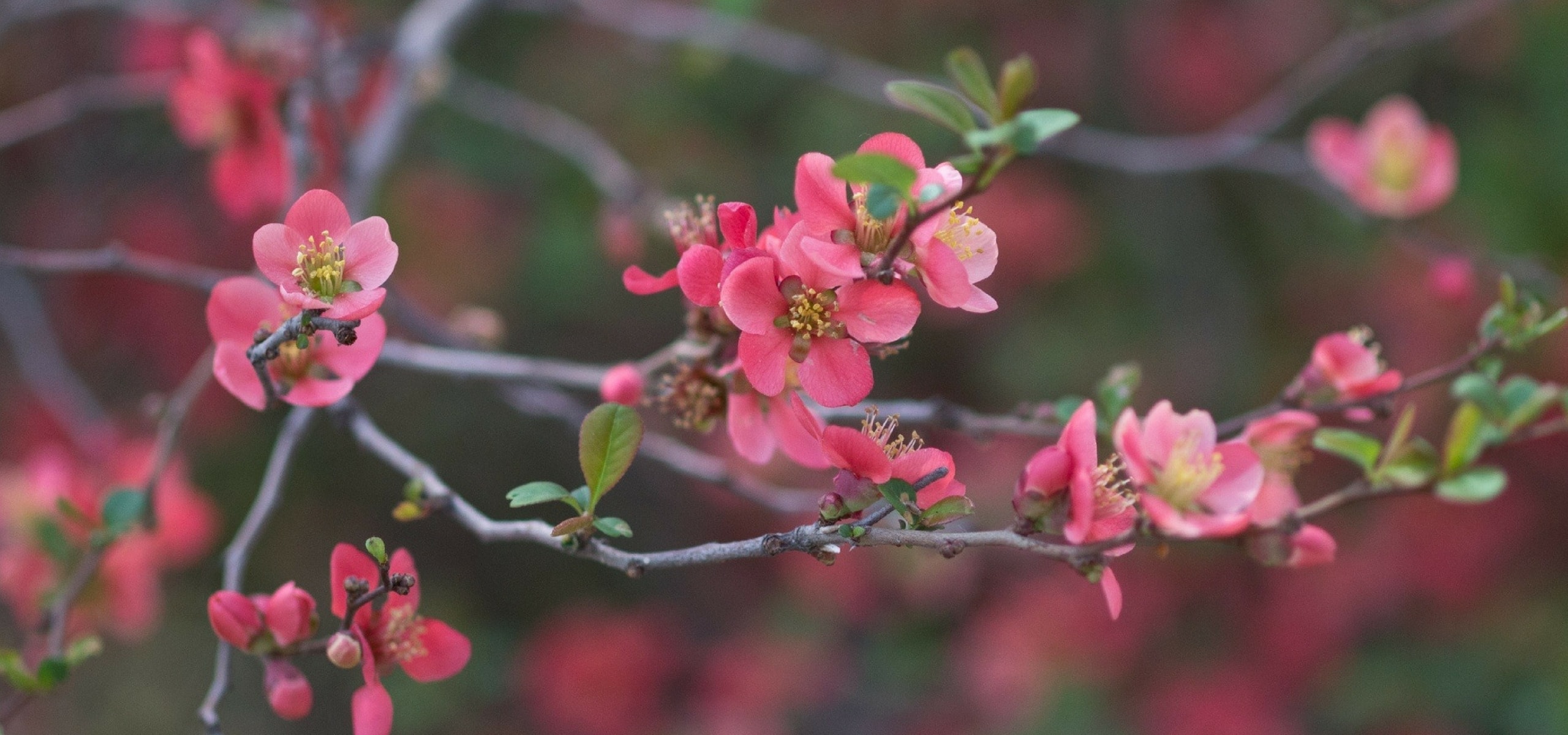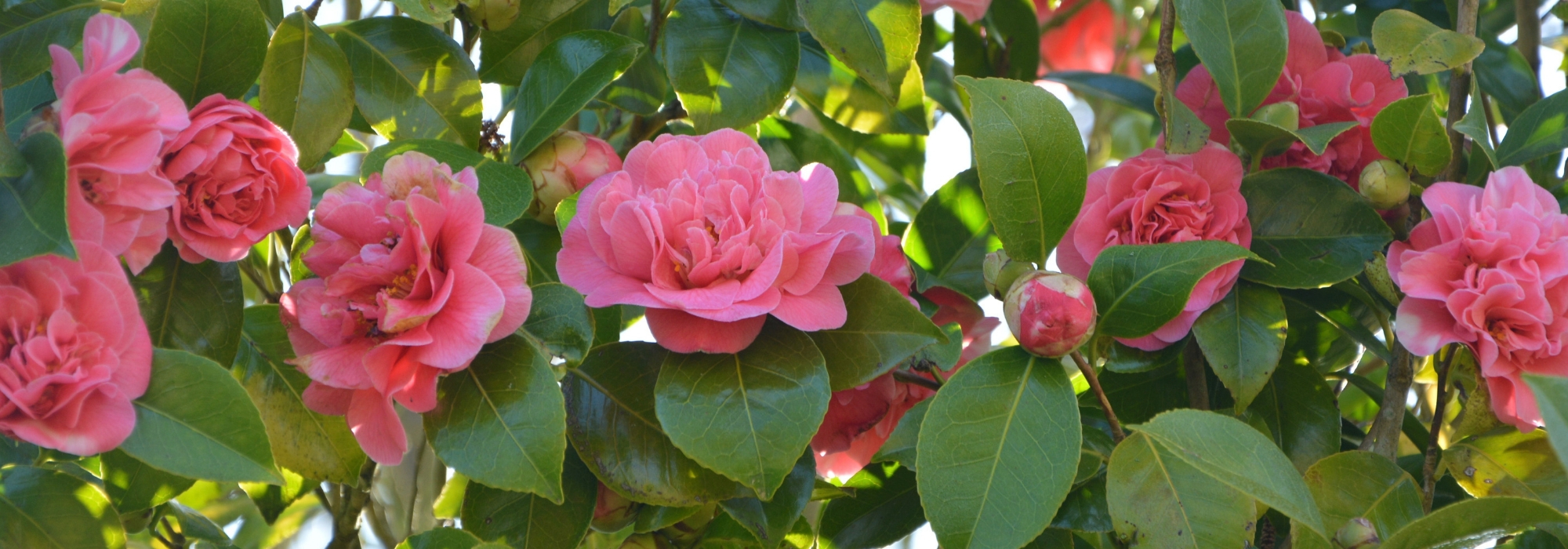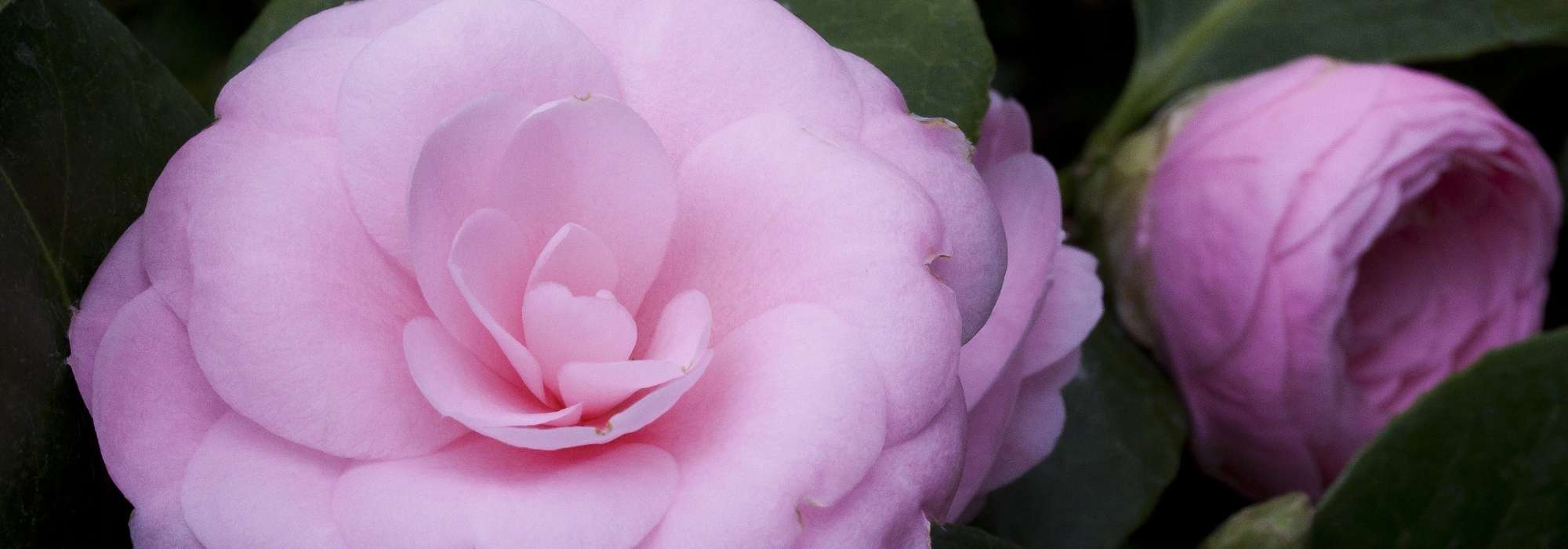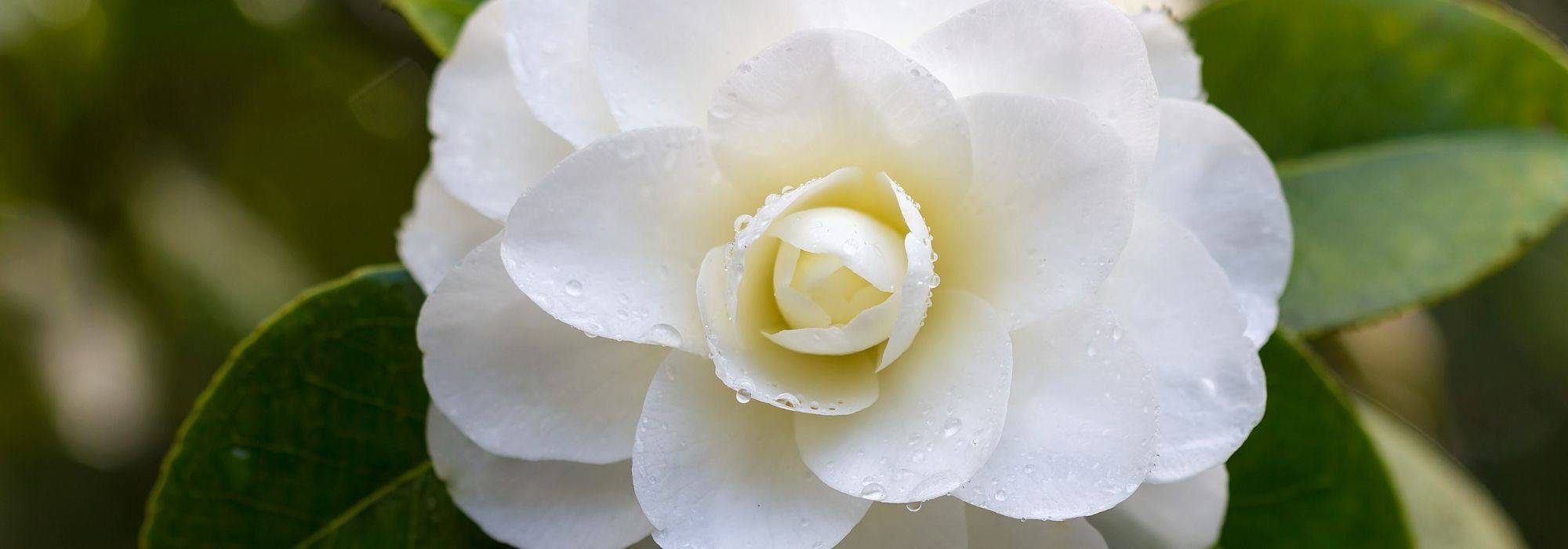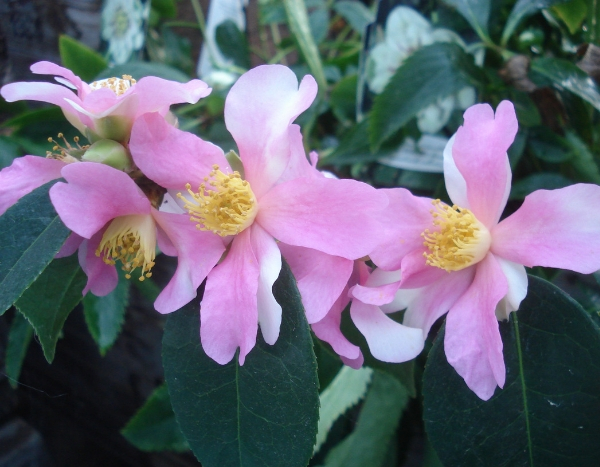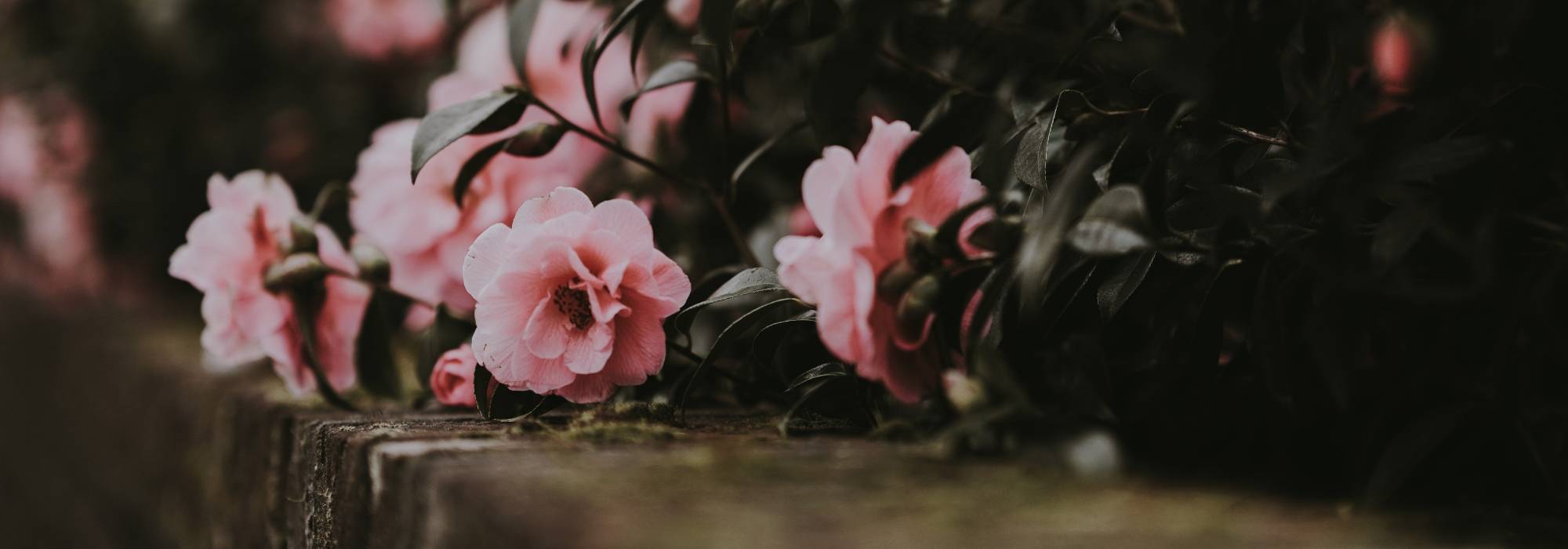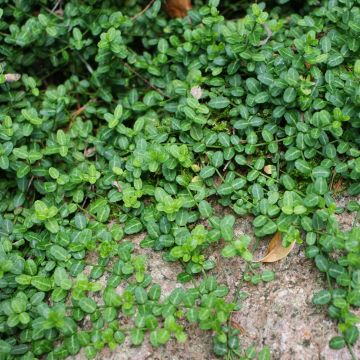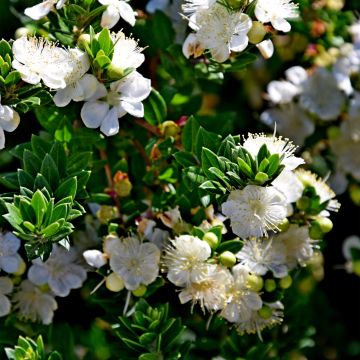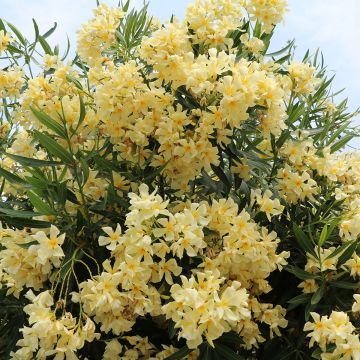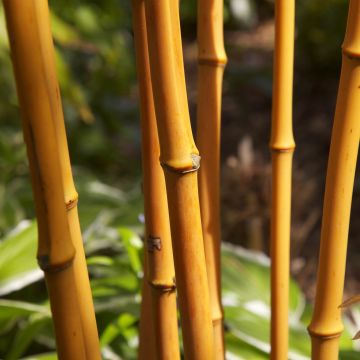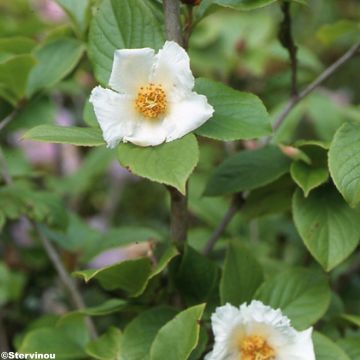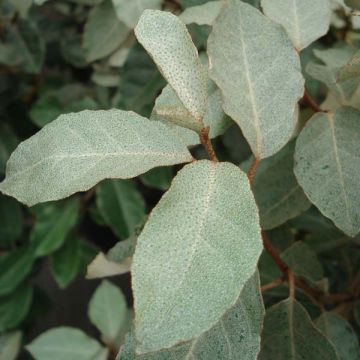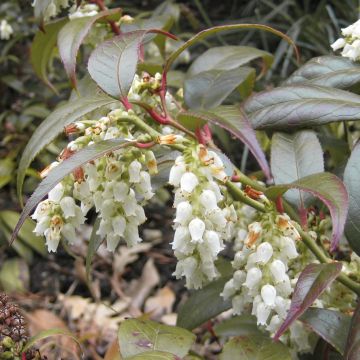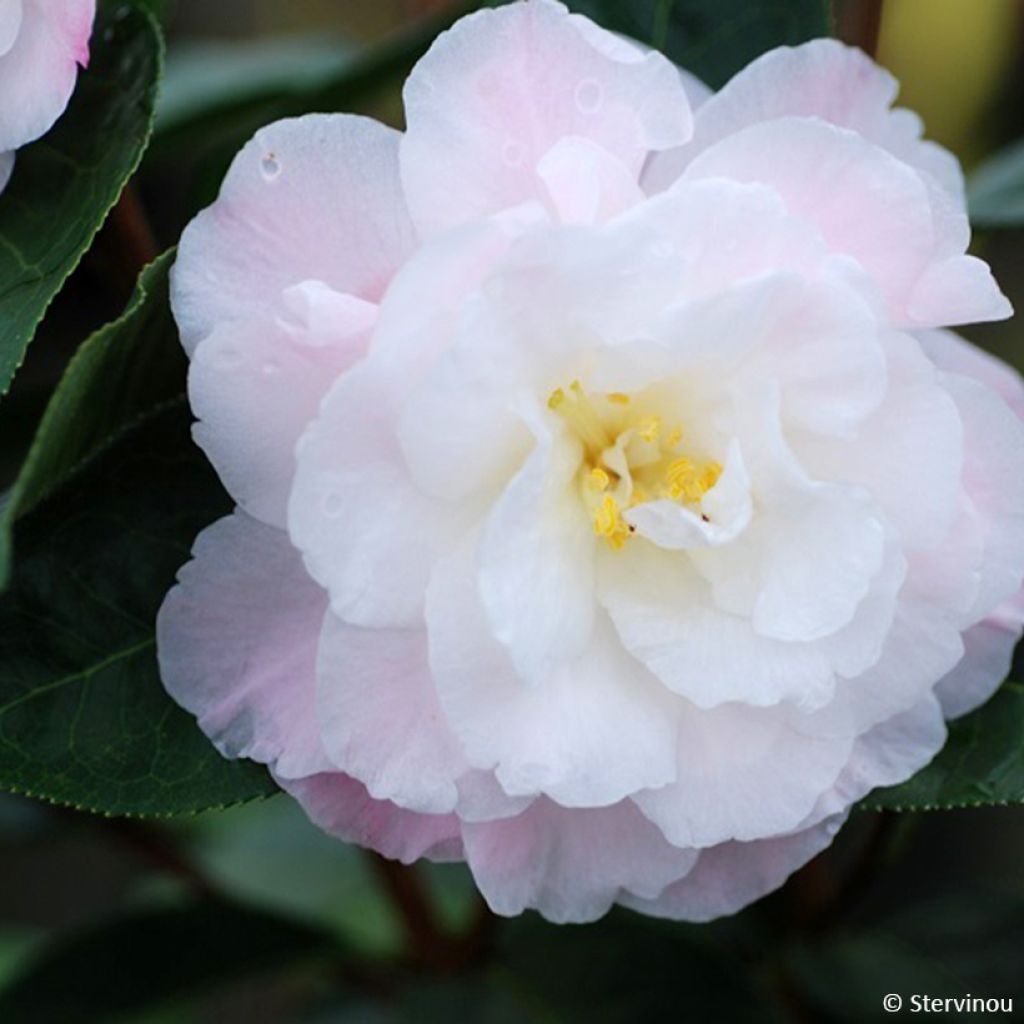

Camellia reticulata Ile Crozet
Camellia reticulata Ile Crozet
Camellia x reticulata Ile Crozet
Special offer!
Receive a €20 voucher for any order over €90 (excluding delivery costs, credit notes, and plastic-free options)!
1- Add your favorite plants to your cart.
2- Once you have reached €90, confirm your order (you can even choose the delivery date!).
3- As soon as your order is shipped, you will receive an email containing your voucher code, valid for 3 months (90 days).
Your voucher is unique and can only be used once, for any order with a minimum value of €20, excluding delivery costs.
Can be combined with other current offers, non-divisible and non-refundable.
Home or relay delivery (depending on size and destination)
Schedule delivery date,
and select date in basket
This plant carries a 24 months recovery warranty
More information
We guarantee the quality of our plants for a full growing cycle, and will replace at our expense any plant that fails to recover under normal climatic and planting conditions.
Would this plant suit my garden?
Set up your Plantfit profile →
Description
Camellia reticulata 'Ile Crozet' is a superb variety of this species, less well-known than the Japanese Camellia, although its flowers are actually more imposing. This slow-growing bush is adorned with beautiful dark green evergreen foliage, ornamental throughout the seasons. This dark vegetation forms a perfect backdrop against which the light flowering stands out. From February onwards, large semi-double flowers, subtly white with a hint of pale pink, bloom for several weeks. A plant suited for damp climates, the Camellia thrives in Atlantic regions with mild winters. An acidic soil and shady exposure are ideal for it; otherwise, it is preferable to cultivate it in a pot.
Camellia is one of the 10 to 20 genera (depending on botanical classifications) of the Theaceae family, and certainly the most well-known. Other ornamental genera, such as Stewartia, have flowers strongly resembling simple Camellias. The most economically and culturally significant plant in the family is Camellia, specifically C. sinensis, whose leaves are used to produce tea. There are 100 to 250 species of Camellias, and a multitude of horticultural varieties, most of which are derived from the C. japonica species that enjoyed great popularity in Europe in the first half of the 19th century and remains a favourite plant for breeders. Breeders also closely study Camellia reticulata, renowned for having the largest flowers in the genus. Originating from the humid subtropical province of Yunnan in Southern China, it grows in mountainous areas up to 3000 m altitude, sometimes reaching the size of a small tree, occasionally exceeding 10 m in height.
'Ile Crozet' is a creation of the Breton nursery Stervinou, established in 1944, specialised in producing acid soil plants that find ideal soil and climate conditions in this part of northern Finistère. The bush with an erect habit is characterised by relatively slow growth, reaching approximately 1.40 m in height and 80 cm in width after 10 years of cultivation. Like other C. reticulata varieties, it bears beautiful evergreen, elongated elliptical leaves measuring around 12 cm in length and 5 cm in width. Their edges are finely toothed, and their surface is glossy, almost shiny. This dark vegetation is ideal for visually enhancing the light late winter and early spring flowering. From February, lovely floral buds in a vibrant pink open into large corollas about a dozen centimetres in diameter. The semi-double flowers consist of numerous wavy, almost crumpled petals, giving the plant a charming appeal. The white, with some pale pink accents, petals surround a centre of yellow stamens, creating a romantic look reminiscent of some old rose varieties. The flowering lasts until March or April, depending on the year, eye-catching in the garden.
Camellia 'Ile Crozet' will integrate perfectly into an ericaceous plant bed. Hardy to around -12°C, it will thrive in cool, wet climates, protected from excessively cold winters or intense sunlight. Plant it under the light shade of trees to ensure a certain atmospheric humidity in addition to protective shade. Aim for a spread of blooms by planting Rhododendrons and Azaleas alongside, which will take over in spring with their petal-shaped starry trumpet flowers. For summer, a beautiful Hydrangea 'Fraise Melba' with large panicles turning from white to red through pink, or Hydrangea 'Pink Annabelle' with large inflorescences composed of numerous pink florets will animate your planting beautifully. For autumn, consider varieties of Camellia sasanqua whose flowers brave the cold to offer you a superb spectacle in white, pink, or red tones.
Plant habit
Flowering
Foliage
Botanical data
Camellia
x reticulata
Ile Crozet
Theaceae
Cultivar or hybrid
Other Traditional Camellia
View all →Planting and care
Camellia reticulata 'Ile Crozet' thrives in full sun in favourable climates, such as in northern Atlantic regions, but it is in partial shade, protected from the scorching sun and sheltered from strong winds that it will give its best. Plant it in damp, humus-bearing, acidic, and well-drained soil. The bush should not be planted too deeply, the top of the root ball should be covered with 3 cm of soil. In winter, cover it with a 5 to 7 cm thick mulch made of leaf compost and crushed bark. Beware of late frosts that can damage the flowers and buds. During dry periods, water the bush to prevent the dropping of flower buds. It is recommended to plant the camellia in autumn to promote good rooting and better flowering from the first year. Possible diseases include chlorosis caused by excess lime, brown spots caused by burns on leaves exposed to full southern exposure, sooty mould, scale insects, and vine weevils.
Pruning is not necessary but you can prune sparingly just after flowering, before the new spring shoots emerge. Most camellia hybrids do not recover from overly severe pruning.
Planting period
Intended location
Care
Planting & care advice
This item has not been reviewed yet - be the first to leave a review about it.
Similar products
Haven't found what you were looking for?
Hardiness is the lowest winter temperature a plant can endure without suffering serious damage or even dying. However, hardiness is affected by location (a sheltered area, such as a patio), protection (winter cover) and soil type (hardiness is improved by well-drained soil).

Photo Sharing Terms & Conditions
In order to encourage gardeners to interact and share their experiences, Promesse de fleurs offers various media enabling content to be uploaded onto its Site - in particular via the ‘Photo sharing’ module.
The User agrees to refrain from:
- Posting any content that is illegal, prejudicial, insulting, racist, inciteful to hatred, revisionist, contrary to public decency, that infringes on privacy or on the privacy rights of third parties, in particular the publicity rights of persons and goods, intellectual property rights, or the right to privacy.
- Submitting content on behalf of a third party;
- Impersonate the identity of a third party and/or publish any personal information about a third party;
In general, the User undertakes to refrain from any unethical behaviour.
All Content (in particular text, comments, files, images, photos, videos, creative works, etc.), which may be subject to property or intellectual property rights, image or other private rights, shall remain the property of the User, subject to the limited rights granted by the terms of the licence granted by Promesse de fleurs as stated below. Users are at liberty to publish or not to publish such Content on the Site, notably via the ‘Photo Sharing’ facility, and accept that this Content shall be made public and freely accessible, notably on the Internet.
Users further acknowledge, undertake to have ,and guarantee that they hold all necessary rights and permissions to publish such material on the Site, in particular with regard to the legislation in force pertaining to any privacy, property, intellectual property, image, or contractual rights, or rights of any other nature. By publishing such Content on the Site, Users acknowledge accepting full liability as publishers of the Content within the meaning of the law, and grant Promesse de fleurs, free of charge, an inclusive, worldwide licence for the said Content for the entire duration of its publication, including all reproduction, representation, up/downloading, displaying, performing, transmission, and storage rights.
Users also grant permission for their name to be linked to the Content and accept that this link may not always be made available.
By engaging in posting material, Users consent to their Content becoming automatically accessible on the Internet, in particular on other sites and/or blogs and/or web pages of the Promesse de fleurs site, including in particular social pages and the Promesse de fleurs catalogue.
Users may secure the removal of entrusted content free of charge by issuing a simple request via our contact form.
The flowering period indicated on our website applies to countries and regions located in USDA zone 8 (France, the United Kingdom, Ireland, the Netherlands, etc.)
It will vary according to where you live:
- In zones 9 to 10 (Italy, Spain, Greece, etc.), flowering will occur about 2 to 4 weeks earlier.
- In zones 6 to 7 (Germany, Poland, Slovenia, and lower mountainous regions), flowering will be delayed by 2 to 3 weeks.
- In zone 5 (Central Europe, Scandinavia), blooming will be delayed by 3 to 5 weeks.
In temperate climates, pruning of spring-flowering shrubs (forsythia, spireas, etc.) should be done just after flowering.
Pruning of summer-flowering shrubs (Indian Lilac, Perovskia, etc.) can be done in winter or spring.
In cold regions as well as with frost-sensitive plants, avoid pruning too early when severe frosts may still occur.
The planting period indicated on our website applies to countries and regions located in USDA zone 8 (France, United Kingdom, Ireland, Netherlands).
It will vary according to where you live:
- In Mediterranean zones (Marseille, Madrid, Milan, etc.), autumn and winter are the best planting periods.
- In continental zones (Strasbourg, Munich, Vienna, etc.), delay planting by 2 to 3 weeks in spring and bring it forward by 2 to 4 weeks in autumn.
- In mountainous regions (the Alps, Pyrenees, Carpathians, etc.), it is best to plant in late spring (May-June) or late summer (August-September).
The harvesting period indicated on our website applies to countries and regions in USDA zone 8 (France, England, Ireland, the Netherlands).
In colder areas (Scandinavia, Poland, Austria...) fruit and vegetable harvests are likely to be delayed by 3-4 weeks.
In warmer areas (Italy, Spain, Greece, etc.), harvesting will probably take place earlier, depending on weather conditions.
The sowing periods indicated on our website apply to countries and regions within USDA Zone 8 (France, UK, Ireland, Netherlands).
In colder areas (Scandinavia, Poland, Austria...), delay any outdoor sowing by 3-4 weeks, or sow under glass.
In warmer climes (Italy, Spain, Greece, etc.), bring outdoor sowing forward by a few weeks.






























